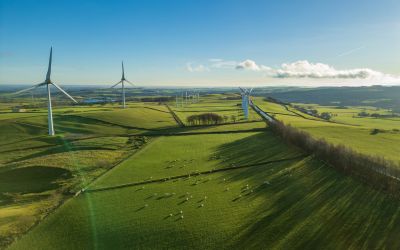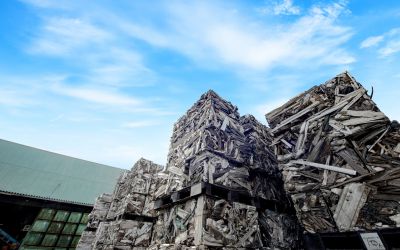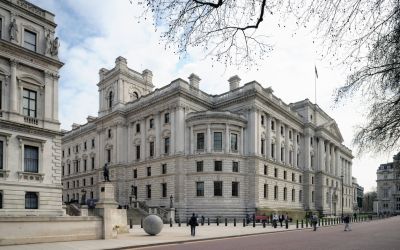Soot and methane cuts urgent to tackle climate change say UN
Cutting the amount of soot released into the atmosphere and methane emissions from agriculture, could be the most powerful way to tackle climate change, says a report from the United Nations Environment Programme (UNEP).

 Cutting the amount of soot released into the atmosphere and methane emissions from agriculture, could be the most powerful way to tackle climate change, says a report from the United Nations Environment Programme (UNEP).
Cutting the amount of soot released into the atmosphere and methane emissions from agriculture, could be the most powerful way to tackle climate change, says a report from the United Nations Environment Programme (UNEP).
Preventing particles of soot from industry and cooking fires – also known as "black carbon" – from polluting the air would help to cut global warming by as much as 0.5C, and reduce warming in the Arctic by about two thirds by 2030, say scientists.
The report, ‘Integrated Assessment of Black Carbon and Tropospheric Ozone’, states a rise in temperature of about 2C is the limit of safety, beyond which climate change would become catastrophic and irreversible.
Soot is a significant problem when it falls on snow and ice as it darkens the surface, increasing the absorption of sunlight and hastening the melting process.
In an ongoing study led by Xu Baiqing of the Chinese Academy of Sciences' Institute of Tibetan Plateau Research, in Beijing, which started in 2006, climate researchers concluded that particles of soot emanating from Europe to South Asia are accelerating the melting of the Himalayan glaciers.
The study suggests soot could reduce the Himalayan glaciers' ability to reflect light by 2-5 per cent. This could increase the amount of melting by 12-34 per cent.
Black carbon, methane and ozone are known as "short-lived climate forcers", because they have a strong warming effect but do not persist in the atmosphere as long as CO2, which has been the main focus of international emissions-cutting efforts until now.
These harmful emissions could be dramatically reduced by adopting a variety of measures, states the UNEP report. Fitting diesel vehicles with exhaust-pipe filters, using clean-burning stoves in place of open wood fires, capturing methane from coal mines and landfill sites, and banning the burning of agricultural waste in fields, are among actions highlighted.
"The very good news is that, unlike carbon dioxide and other long-lived greenhouse gas emissions, where cuts will require many decades before temperature reductions can be measured, mitigation strategies for reducing short-lived climate forcers can be implemented quickly, and positive results can be expected over a much shorter time frame," says Ellen Baum, senior scientist at the Clean Air Task Force, a campaigning group in the US.
A central concern surrounding the soot induced melting of the Himalayan glaciers is that it could cause increased flooding. Climate change has already contributed to extreme weather in the Himalayan region, including monsoons that caused catastrophic floods in Pakistan in 2010, killing at least 1100 people and affecting 2.5 million.
Other regions throughout the world have also experienced climate change induced extreme weather. This year, South Eastern Brazil experienced inundation and extreme landslides, while Australia’s Queensland experienced continued natural disasters.
Cost is a key issue in the implementation of the short-lived emissions reductions proposed, said Baum.
UNEP concludes: "Widespread implementation is achievable with existing technology but would require significant strategic investment and institutional arrangements."
In some countries, new regulations are bringing down emission rates. Baum points to China and Vietnam, where soot from brick kilns is now coming under strict regulations.
The UNEP report states that governments should wake up to the advantages of tackling short-lived emissions. It emphasises that measures to reduce soot would have many additional benefits, such as improvements to health from lower air pollution.
If recommendations are fully adopted, 2.4 million premature deaths could be avoided annually and the global production of staple crops including wheat, rice and soybean would be 1 per cent to 4 per cent higher each year, state UNEP.
Image: Thomasrdotorg | Flickr






